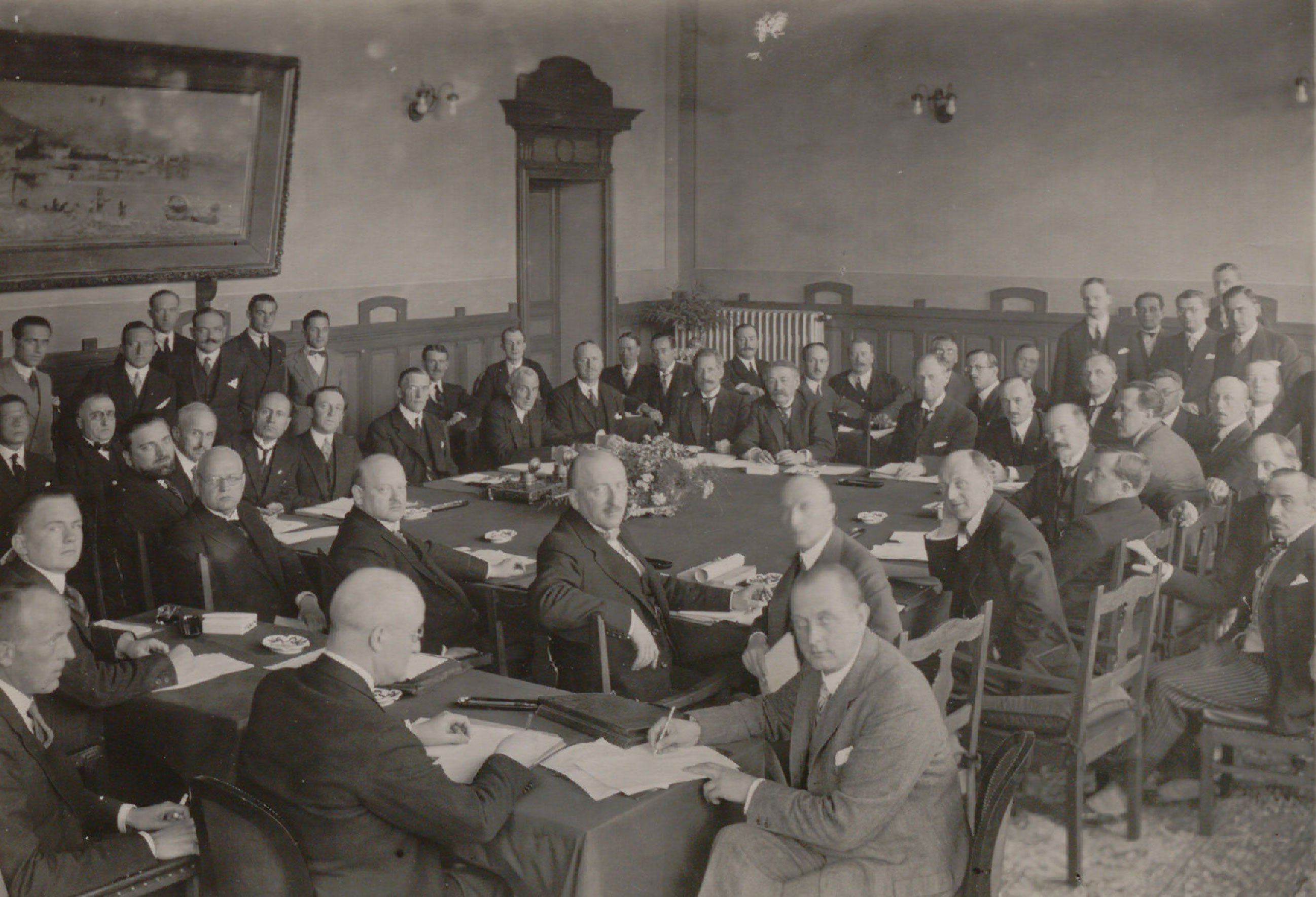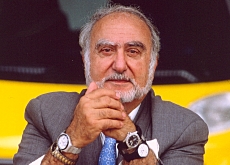
Swatch clocks up a quarter of a century

The Swatch watch passed another milestone on Saturday as it celebrated the 25th year of its first sales in Switzerland.
While there were plenty who scoffed at the idea of a cheap, plastic watch when it came out on March 1, 1983, the past quarter-century has shown that the brand was a huge winner for the Swiss watch industry.
The name has also been passed on to a group that is the undisputed leader in world watchmaking. Apart from the Swatch itself, the group includes such illustrious names as Breguet, Blancpain, Omega, Longines, Tissot and Calvin Klein.
The advent of the Swatch came at a time when the Swiss watch industry was in a state of crisis.
It was suffering from heavy competition from inexpensive Asian watches, mainly from Japan, which had revolutionised watchmaking in the 1970s. In a nutshell, quartz had arrived and the Swiss were missing the boat.
A once proud industry employed nearly 90,000 in the late 1960s. By the early 1980s, the figure had plummeted to less than 35,000… and then came the Swatch.
Doyen Hayek
“It came at a moment when the Swiss didn’t have anything [else] to offer. We were still making mechanical watches and saying that we were the best in the world,” the doyen of the industry, 80-year-old Nicolas G. Hayek and chairman of the Swatch Group, told swissinfo.
Hayek and his consulting firm were called in to see what could be rescued from the two groups that till then had formed the backbone of the industry.
Instead he stepped in and put down his own money to salvage the industry, as well as the Swatch.
Hayek has always said the birth of the Swatch was a joint effort of a number of people, although there has been no shortage of people claiming they invented it themselves.
The Swatch case was to serve not only as an outer shell but also as the mounting plate. The individual parts of the movement are mounted directly into the durable plastic case, produced through a highly precise injection moulding process.
A normal quartz watch then contained about 91 parts. A Swatch had only 51.
“When we started putting it on the market in the United States and Switzerland, everyone believed it would be successful because I had a good marketing approach.
The message
“We made a message out of the Swatch brand rather than making an image out of it,” Hayek recalled.
He added that the company didn’t have much money for advertising but put a giant Swatch on the side of the tall Commerzbank in Frankfurt to get the message across.
“It was high quality, low cost, provocation of society and joy of life. Then it got known around the world and we pushed it through.”
Over the years, the Swatch has gone through a number of striking innovations. These have included, for example, the Maxi and the Pop, the Skin, the Chrono and the Beat.
And Hayek said there is no shortage of ideas for the future of the brand.
Some argue that the Swatch rescued the Swiss watch industry, a claim Hayek feels is justified because the sector in the early 1980s was dying and component makers were running out of orders.
The head of the Mondaine watch company in Zurich, Ronnie Bernheim, told swissinfo that he didn’t think it went quite as far as that.
“Important step”
“I don’t think it was a rescue but I think it was a very important step for the Swiss watch industry.
“It showed to the public worldwide that a Swiss-made watch can have good quality at a low price and that you can own more than just one watch. The branding of a low-cost watch was really the new element that the Swatch introduced.”
The Swatch is still going strong, although analyst Alex Migliorini at Helvea thinks it may be past its peak.
“It’s not at the same level as it was in its heyday, which is now some years behind us but it has been growing at a relatively good rate over the past two years… so it does appear to be on the right track again. I get the impression that a good part of that is the gradual penetration of the emerging markets,” he told swissinfo.
Hayek is unperturbed by anyone who has doubts about the future of the Swatch watch.
“We are making about 15 to 20 million pieces a year. Nobody else does this in Switzerland… It’s still making plenty of money. It’s very profitable.”
swissinfo, Robert Brookes
The Swatch was introduced to the market in Switzerland on March 1, 1983. The first collection contained 12 models ranging in price from SFr39.90 ($38.10) to SFr49.90. Later that year, the price was standardised at SFr50.
Swatch was listed in the Guinness Book of Records for the 13-ton, 162-metre high giant Swatch at the headquarters of the Commerzbank in Frankfurt.
The ten millionth Swatch was manufactured in the autumn of 1985.
1988 marked the fifth anniversary and 50 millionth Swatch produced.
1991 saw the launch of the Swatch Automatic, the first self-winding Swatch.
The 100 millionth Swatch came off the production line at Grenchen on April 7, 1992.
In June 2006, Swatch celebrated the 333 millionth Swatch at an event in Lugano.
Hayek estimates that well over 350 million Swatches have been made to date.
A week before the launch of the Swatch in 1983, Switzerland’s largest retailer, Migros, introduced the M-Watch onto the Swiss market, also made out of plastic.
In its 25-year history, more than seven million M-Watches have been sold in Switzerland.
They are made by the Mondaine company of Zurich, which also produces the renowned Swiss Railway Watch.

In compliance with the JTI standards
More: SWI swissinfo.ch certified by the Journalism Trust Initiative





































You can find an overview of ongoing debates with our journalists here . Please join us!
If you want to start a conversation about a topic raised in this article or want to report factual errors, email us at english@swissinfo.ch.